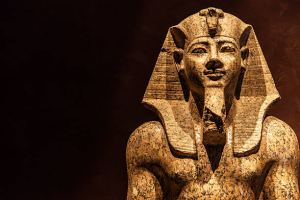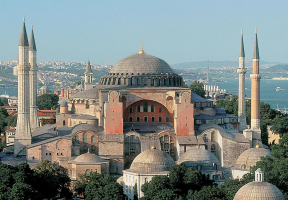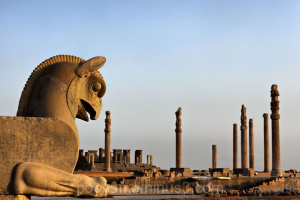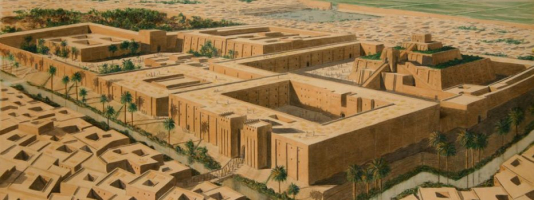Top 10 Interesting Facts about the Indian Ocean
Discover the Indian Ocean's top 10 captivating facts, from its immense size and rich history to its diverse marine life and unique geographical features. ... read more...Explore its monsoon patterns, ancient trade routes, and fascinating underwater landscapes. Uncover the ocean's vital role and the challenges it faces today.
-
The Indian Ocean ranks as the third-largest ocean globally, covering an expansive area of approximately 70.56 million square kilometers (27.24 million square miles). It stands as a vital conduit of cultural diversity, with its shores surrounded by a multitude of nations representing varied languages, religions, and traditions.
Historically, the Indian Ocean has been a significant trade route, connecting civilizations across Asia, Africa, and Europe through ancient trade routes like the Silk Road and Spice Route The Indian Ocean is greatly influenced by the Indian monsoon, which plays a pivotal role in seasonal weather patterns and agriculture in the region.
Ecologically, the ocean is rich in marine life, hosting diverse fish species, dolphins, whales, and vibrant coral reefs. It is a crucial resource for fisheries that sustain the economies of many coastal nations. In essence, the Indian Ocean's status as the third-largest ocean is a testament to its diverse cultural heritage, historical significance in trade, meteorological impact, and ecological importance on a global scale.
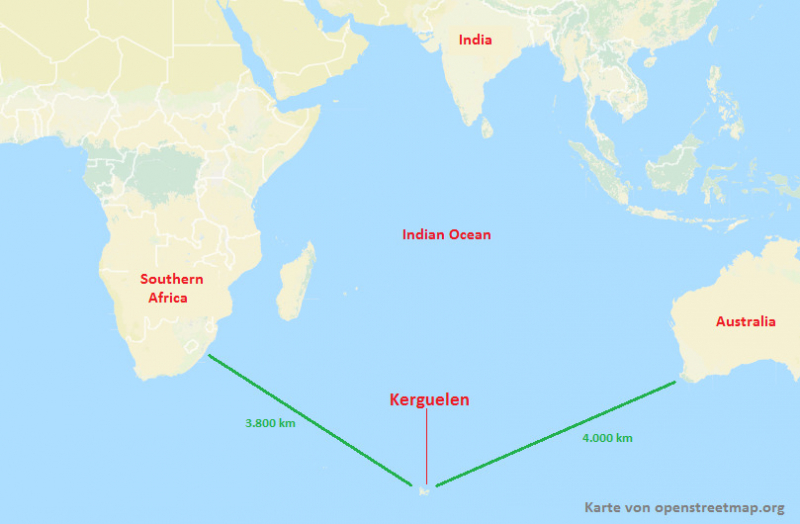
Image from https://commons.wikimedia.org/wiki/File:Indian_ocean_and_Kerguelen_Islands.png Video by Start Thinking. -
The Indian Ocean region is a vibrant mosaic of cultures, marked by a rich tapestry of languages, religions, and traditions. Its diverse cultural landscape spans from the eastern coast of Africa to the western coasts of Australia, encompassing Asia and the Middle East.
Centuries of maritime history have made the Indian Ocean a hub of cultural exchange. Ancient trade routes, such as the Silk Road and Spice Route, facilitated the flow of goods, ideas, and cultures across its shores, leaving a profound impact on the region's diverse societies. Religiously, the Indian Ocean region hosts a spectrum of faiths, including Hinduism, Islam, Buddhism, Christianity, and indigenous belief systems. This diversity shapes spiritual practices, rituals, and festivals.
In essence, the Indian Ocean's cultural richness is a testament to the enduring legacy of cultural exchange and coexistence. It showcases shared histories, vibrant traditions, and harmonious interactions among the communities that call this vast and dynamic region home.
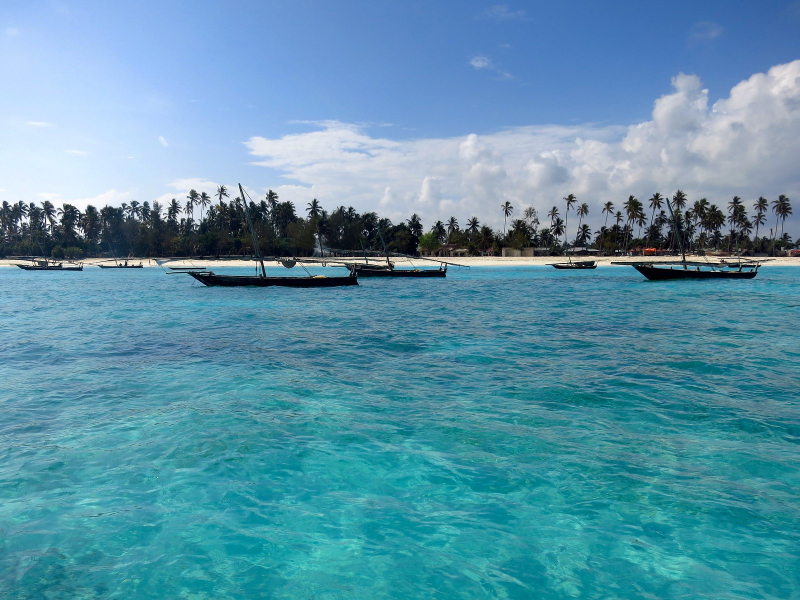
Image from https://www.flickr.com/photos/malingering/16680273365 Video by Himfact -
In the Indian Ocean region, the monsoon seasons are of paramount importance. The Southwest Monsoon, occurring between June and September, ushers in the rainy season. It's a lifeline for agriculture, replenishing reservoirs and nourishing crops in India, Sri Lanka, and Southeast Asia. Meanwhile, the Northeast Monsoon, from October to December, influences the eastern coasts of India, ensuring water availability for irrigation and sustenance.These monsoons significantly shape the socioeconomic and cultural landscape of the region. Agriculture in India hinges on them, and festivals and rituals are timed according to their rhythms.
Apart from their positive impact, the monsoons can also bring devastating floods and landslides. The Indian Ocean's susceptibility to tropical cyclones during the monsoon season underscores the need for preparedness and adaptation.
In essence, the Indian Ocean and its monsoons are inseparable from the region's identity, livelihoods, and well-being, serving as both a source of bounty and, at times, formidable challenges to navigate.
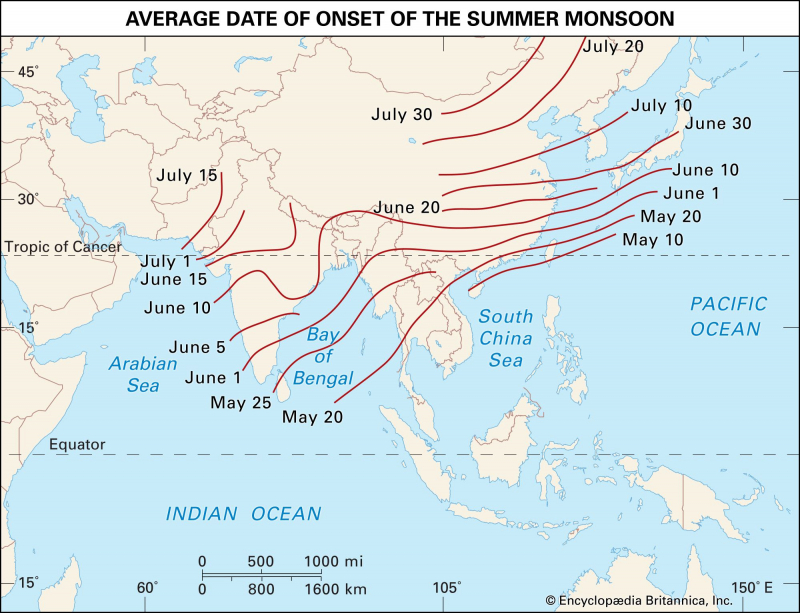
Screenshot of https://www.britannica.com/science/Indian-monsoon Video by Aasoka -
Maritime trade routes have played a pivotal role in shaping the course of history, facilitating the exchange of goods, cultures, and ideas across vast oceans. The Indian Ocean, with its strategic location, has been a hub of maritime trade for millennia.
One of the most renowned historical trade routes that passed through the Indian Ocean was the Silk Road, connecting China to the Mediterranean. This network of routes traversed India, Southeast Asia, the Arabian Peninsula, and East Africa. It enabled the exchange of silk, spices, precious metals, and other commodities, contributing to the enrichment of diverse civilizations along its path. The Indian Ocean was home to thriving port cities and trading hubs like Calicut, Zanzibar, and Surat. These cities became melting pots of cultures, languages, and religions as traders and merchants from various regions converged to conduct business.
The history and significance of maritime trade routes in the Indian Ocean underscore their enduring impact on global commerce and cultural exchange. These routes have left an indelible mark on the development of societies and continue to shape our interconnected world today.
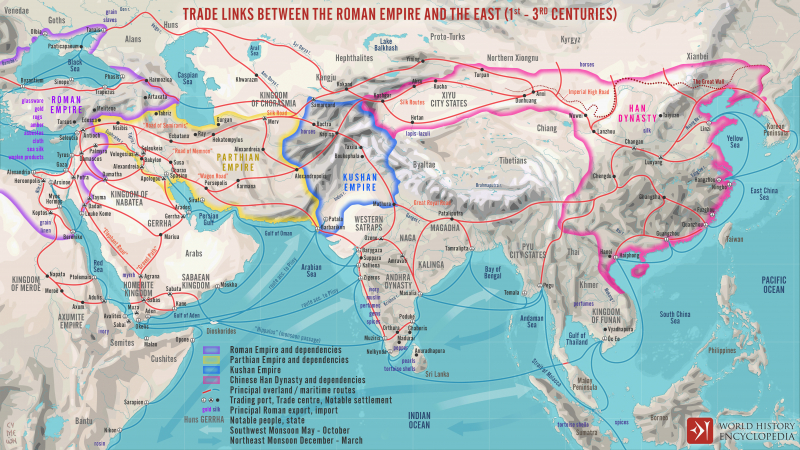
Image from https://www.worldhistory.org/Silk_Road/ Video by Geo History -
The Indian Ocean is renowned for its exceptionally diverse marine ecosystem, harboring a multitude of species and ecosystems that collectively contribute to the region's ecological richness. From vibrant coral reefs to awe-inspiring megafauna, the Indian Ocean is a treasure trove of biodiversity.
Coral reefs, such as those in the Maldives and the Great Barrier Reef, are some of the world's most biologically diverse ecosystems. These intricate underwater formations provide shelter and sustenance to countless species of fish, invertebrates, and marine plants. They also serve as natural barriers, protecting coastlines from erosion and storm surges. The Indian Ocean's waters teem with marine life. Dolphins, whales, and sharks are among the charismatic megafauna that inhabit these waters. The region is also a critical breeding ground for several species of sea turtles, contributing to their global conservation efforts.
For marine enthusiasts and scientists alike, the Indian Ocean is a captivating destination. Its coral reefs, pristine beaches, and clear waters attract scuba divers and researchers, offering a firsthand view of this underwater wonderland. Scientific discoveries in the Indian Ocean continue to expand our understanding of marine ecosystems and species interactions.
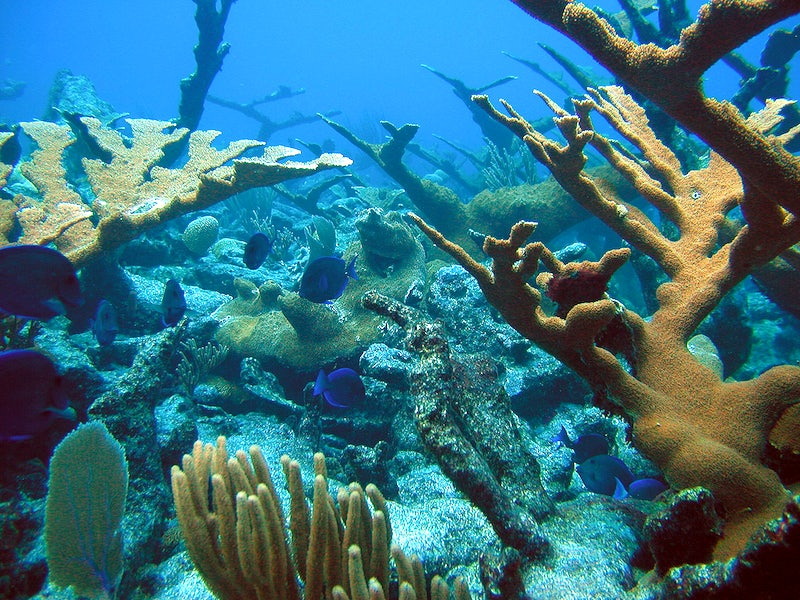
Image from https://www.rawpixel.com/image/4044191/photo-image-ocean-bird-sea Video by Khaled bin Sultan Living Oceans Foundation -
The Indian Ocean is a region characterized by its unique underwater features and deep trenches, adding to the complexity and intrigue of its marine environment. These geological formations have shaped the ocean's topography and contributed to its rich biodiversity.
One notable feature is the Java Trench, one of the deepest parts of the Indian Ocean. With depths exceeding 7,700 meters (25,262 feet), this trench represents a profound chasm in the Earth's crust. It's a remarkable site for geological research and a habitat for deep-sea creatures adapted to extreme pressure and darkness. Besides the Java Trench, the Indian Ocean also boasts other deep-sea basins and trenches like the Sunda Trench and the Diamantina Deep. These formations create unique habitats for deep-sea organisms and influence ocean circulation patterns.
Additionally, the Indian Ocean is marked by seamounts, underwater mountains that rise from the ocean floor. These seamounts often serve as hotspots of marine life, attracting a variety of species, including coral, sponges, and fish.
The mid-ocean ridges, such as the Carlsberg Ridge and the Southwest Indian Ridge, are underwater mountain ranges formed by tectonic activity. These ridges are critical to the ocean's geology and contribute to the creation of new oceanic crust.
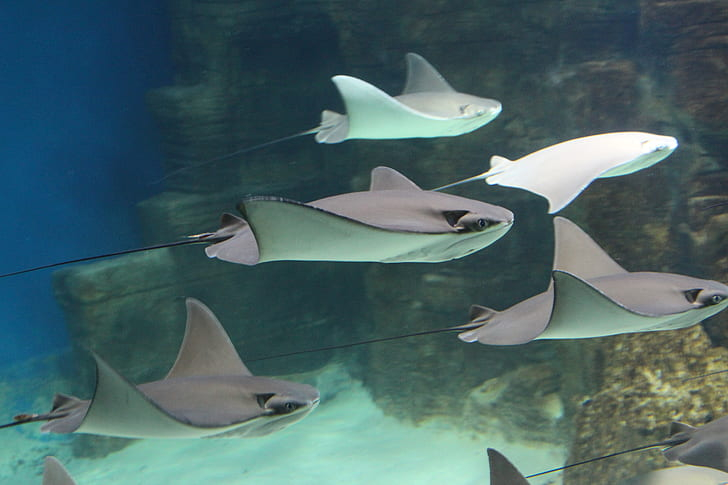
Image from https://www.pickpik.com/scat-aquarium-ocean-sea-danger-fish-62485 Video by symmetry -
The Great Barrier Reef, located in the Coral Sea off the coast of Queensland, Australia, is one of the most iconic and awe-inspiring natural wonders on Earth. Stretching over 2,300 kilometers (1,430 miles), it is the world's largest coral reef system and a UNESCO World Heritage Site.
The reef's stunning biodiversity includes thousands of species of fish, corals, mollusks, and marine mammals. It's a vital breeding ground for numerous marine species, including sea turtles and sharks. The vibrant colors and intricate formations of the coral colonies make the Great Barrier Reef a scuba diver's paradise and a haven for marine researchers. Apart from its ecological significance, the Great Barrier Reef plays a crucial role in protecting coastal regions from storm surges and erosion. The reef's complex structure acts as a natural barrier, absorbing wave energy and mitigating the impact of tropical storms.
Conservation efforts and marine protection areas have been established to safeguard the Great Barrier Reef. These initiatives aim to reduce pollution, control overfishing, and mitigate the effects of climate change to ensure the long-term survival of this ecological marvel. The Great Barrier Reef serves as a symbol of the urgent need for global action to combat environmental challenges and protect Earth's precious ecosystems.
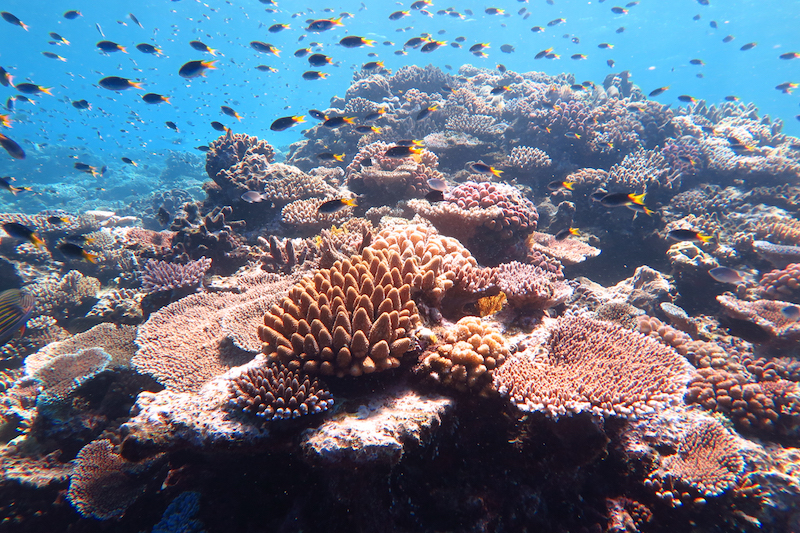
Image from https://reefbuilders.com/2021/11/03/revised-queensland-coral-exports-approved-until-2024/ Video by National Geographic -
The Indian Ocean is known for its significant influence on various weather phenomena, some of which have far-reaching impacts. One of the most notable events is the Indian Ocean Dipole (IOD), a climate phenomenon characterized by temperature anomalies in the ocean's surface waters. The IOD can lead to shifts in weather patterns, affecting rainfall in the surrounding regions.
Another prominent phenomenon is the Indian Ocean monsoon, which brings seasonal changes in wind patterns and rainfall. The Southwest Monsoon, occurring between June and September, delivers heavy rains to parts of India and Southeast Asia. Conversely, the Northeast Monsoon, from October to December, influences the eastern coast of India and contributes to regional weather patterns.
The 2004 Indian Ocean tsunami remains one of the most tragic events in the region's history. Triggered by a massive undersea earthquake off the coast of Sumatra, Indonesia, it led to a series of tsunamis that affected numerous countries bordering the Indian Ocean. The disaster highlighted the vulnerability of coastal communities to such natural events.
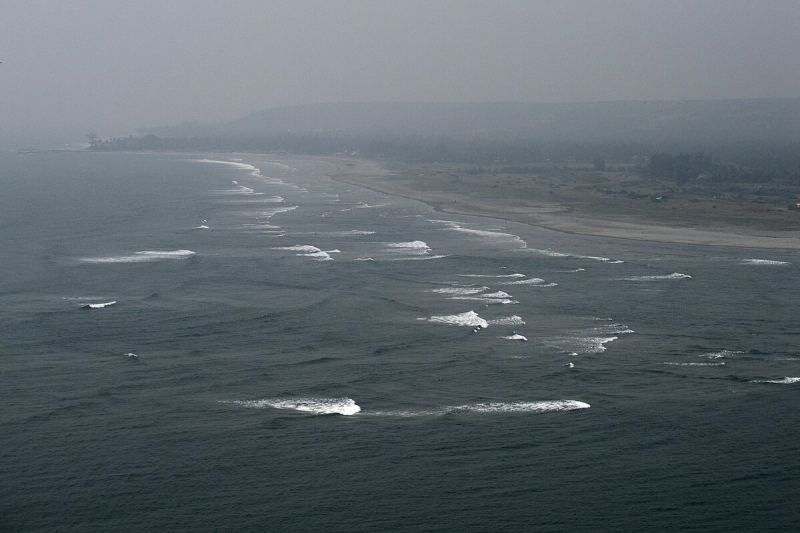
Image from https://commons.wikimedia.org/wiki/File:Arabian_Sea_and_Morjim_Beach_as_seen_from_Vagator_Fort,_Goa,_India.jpg Video by Bureau of Meteorology -
Piracy concerns in the Indian Ocean have been a significant issue, particularly in the waters off the coast of Somalia, where piracy incidents have garnered international attention and prompted collaborative efforts to combat this threat. Piracy poses serious risks to maritime trade, regional stability, and the safety of seafarers.
The Somali coast, situated along one of the world's busiest shipping routes, has become a hotspot for piracy. Armed pirate groups operating from the region have targeted commercial vessels, seizing them for ransom. These attacks have led to disruptions in global trade, increased insurance costs for shipping companies, and created a climate of insecurity in the region. To address this menace, international naval coalitions, including Combined Task Force 151 and the European Union Naval Force (EU NAVFOR), have been deployed to patrol and protect shipping lanes in the Indian Ocean. These efforts have contributed to a decline in piracy incidents in recent years.
However, piracy remains a persistent concern, and its root causes, including poverty, instability, and the lack of effective governance in Somalia, have not been fully resolved. The international community continues to work on comprehensive solutions, including development programs for affected coastal communities, to address the underlying issues driving piracy in the region.
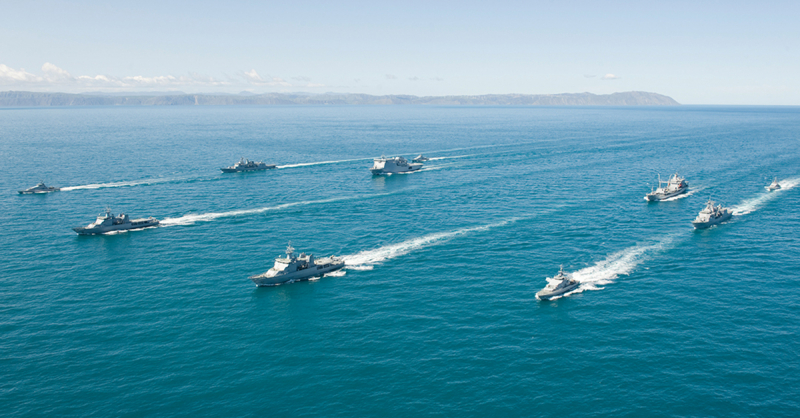
Image from https://www.ssrinitiative.org/sri-lankas-maritime-legacy-needs-to-enter-the-wider-horizon/ Video by Al Jazeera English -
The Indian Ocean is home to numerous islands, each with its own unique geography, culture, and natural beauty. These islands are scattered across the ocean and play significant roles in regional ecosystems and human societies.
One of the most iconic island nations in the Indian Ocean is the Maldives. This archipelago consists of over a thousand coral islands and is renowned for its stunning white-sand beaches, clear turquoise waters, and vibrant marine life. The Maldives is a popular destination for tourists, especially those seeking luxury resorts and underwater adventures.
Sri Lanka, situated off the southern tip of India, is another significant island in the Indian Ocean. It is known for its rich history, cultural heritage, and stunning landscapes, including lush tea plantations, ancient temples, and beautiful beaches.
Other notable islands in the Indian Ocean include the Andaman and Nicobar Islands, Comoros, Mauritius, and the Chagos Archipelago, among many others. These islands collectively contribute to the cultural, ecological, and economic diversity of the Indian Ocean region, attracting travelers, researchers, and adventurers from around the world.
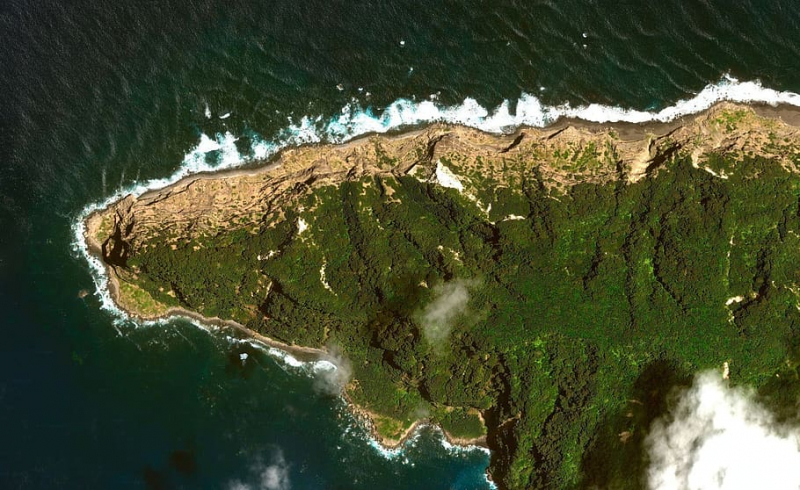
Image from https://www.wallpaperflare.com/waters-nature-travel-river-sea-ocean-coast-island-mountain-wallpaper-gznmh Video by Go2Africa














